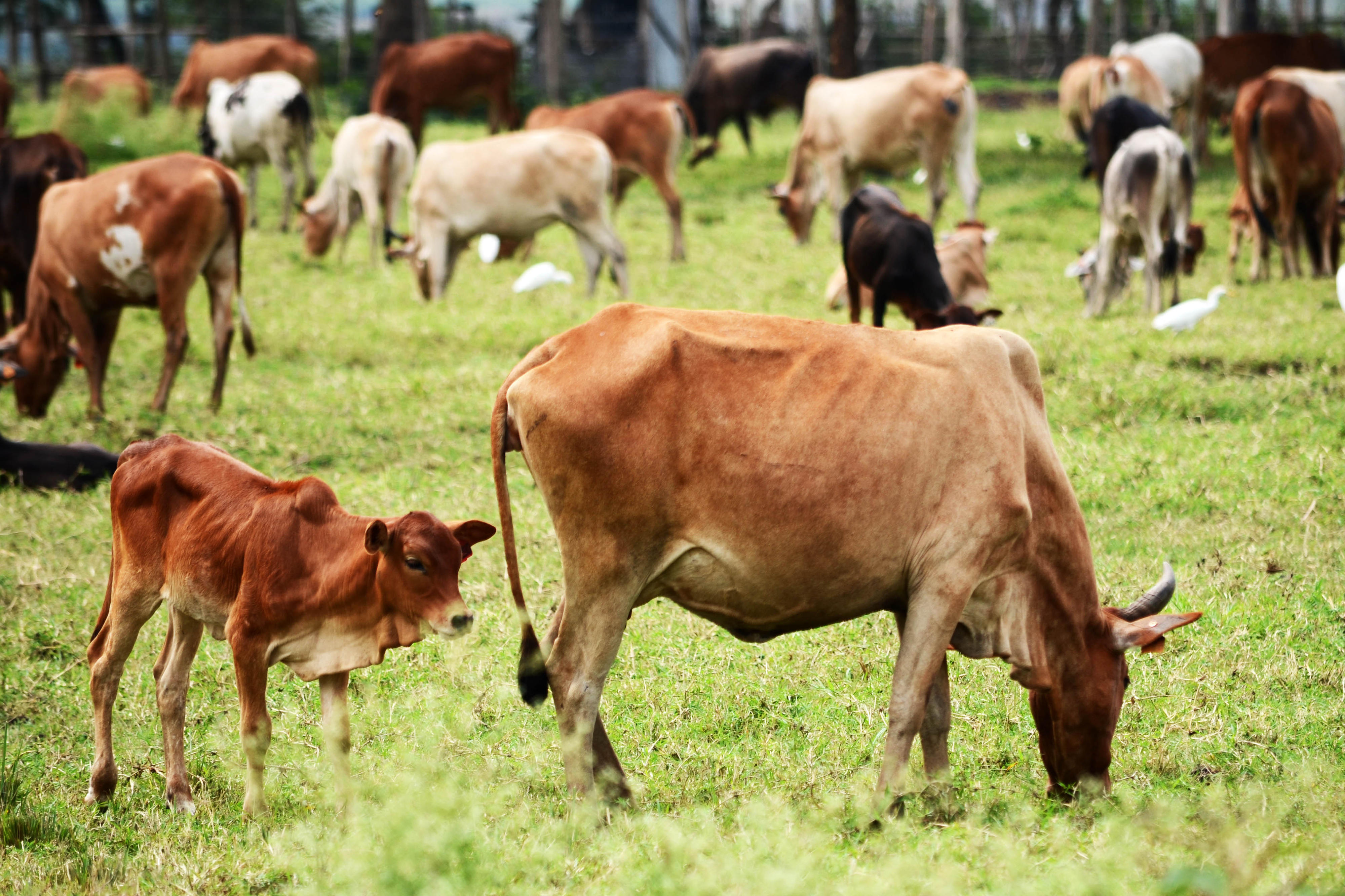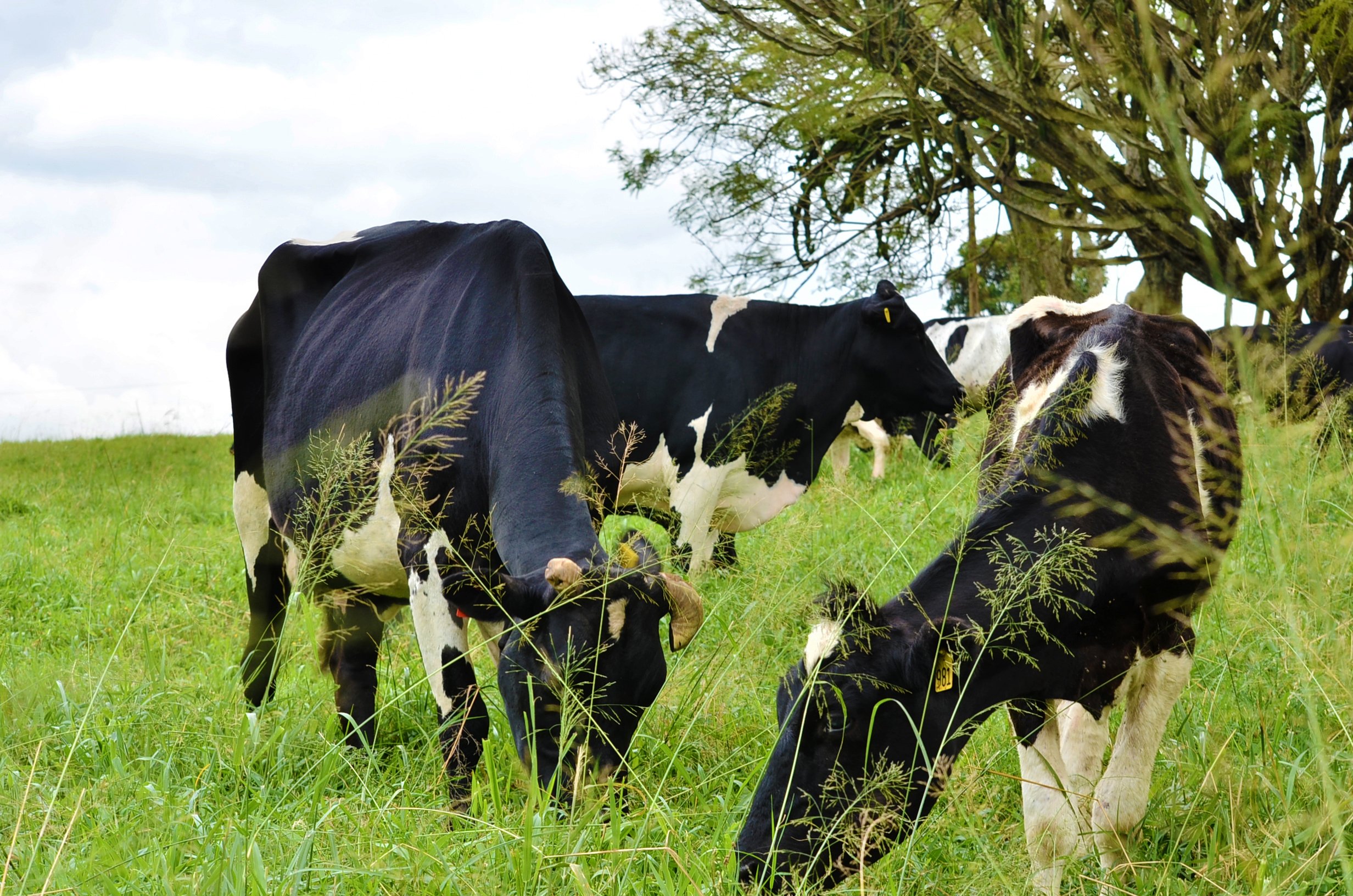Golden rules for control of tick-borne diseases

Cattle must be protected from ticks to help in the health and well-being of livestock. Photo/George Katongole
What you need to know:
- Ticks area pressing concern for farmers in Uganda, negatively impacting both livestock and livelihoods.
- The economic losses, reduced productivity, treatment costs, environmental implications, acaricide resistance, and potential risks to human health require urgent attention.
Ticks have emerged as a significant threat to farmers in Uganda.
These minuscule parasites not only cause economic losses but also pose a grave danger to livestock.
Dr Halid Kirunda, the director of Mbarara Zonal Agricultural Research and Development Institute (MbaZARDI), identifies tick-borne diseases as the major constraint to cattle production systems.
Ticks transmit various diseases to livestock, resulting in significant economic losses for farmers.
Diseases such as East Coast Fever, Babesiosis, Anaplasmosis, and tick-borne fever reduce productivity, cause weight loss, decrease milk production, and, in severe cases, lead to livestock deaths.
Weakened by tick-borne diseases, livestock become more susceptible to other infections, leading to further declines in productivity.
Farmers bear substantial expenses related to tick control and treatment. Acaricides (tick control chemicals), vaccines, and veterinary services constitute a significant portion of these costs.
The frequent and regular application of acaricides becomes a financial burden, especially for small-scale farmers.
Dr Kirunda reiterates that ticks caused losses which were estimated at more than $1.1b in 2019.
This forces the country to import an estimated 378,000 litres of acaricides and 83,000 litres of associated drugs, causing an annual foreign exchange outflow of more than $83.3m.
To effectively control tick-borne diseases, farmers need to adopt a comprehensive approach that combines various strategies aimed at reducing tick populations and preventing disease transmission.
Here are the golden rules for controlling tick-borne diseases according to Dr Kirunda.
Close the farm from outside animals
Farmers should close boundary fences to prevent animals from entering or leaving the farm.
An ideal fence should have three layers, with the lowest not more than 30cm from the soil.
Paddock fencing, walkway fencing, boundary fencing, and an area designated for holding pasture are also crucial.
Keeping animals out of the farm significantly reduces the risk of tick infestations.
Make pasture unfriendly for ticks
Clearing pastures from bushes and shrubs is an effective way to limit exposure to ticks on the farm. Regularly mowing grass and removing old and long grass can also help.
Creating paddocks allows for rotational grazing, which minimises tick encounters. When pastures are left unoccupied by animals for an extended period, ticks will die off.
Dr Kirunda says: “Prioritising shorter grass becomes crucial, as it discourages ticks by minimising shaded areas and creating an environment less favourable to their survival.”
Construct a good crush
A well-designed crush for handling animals is essential. It should have the right dimensions, with a narrow floor level and wider upper parts.
The crush should be easily accessible for animals, minimising the risk of injury.
The floor should be made of concrete or gravel, and the waiting area should be dry.
Cattle crushes should prioritise the safety of both cattle and handlers, with no sharp edges, protruding catches, bolts, or wire.
Gates, head bail, and latches should be free of nip or crush points or have shields fitted.
Dip tank inspection attention areas
When it comes to controlling ticks and preventing tick-borne diseases, proper management of dip tanks is essential.
Dip tanks are commonly used to treat livestock with acaricides to control tick infestations. However, several key areas of dip tanks require attention to ensure effective tick control.
Regular maintenance, cleaning, and proper design of footbaths, entrances, drainage races, drying yards, and silt traps are essential to ensure the effectiveness of the acaricide treatment.
Spray all animals every spray turn
It is essential to spray all animals on the farm regularly using appropriate acaricides.
Preferably, goats should be sprayed in a narrow crush or confined area. Spraying dogs and cats can be stressful, so treating them with abamectin injections periodically is advised.
Treat sick animals in time
Farmers should partner with visiting veterinarians at least twice a week and familiarise themselves with cow behaviour and body condition scoring to ensure early disease detection.
Good practices include checking the herd three times per day, recognising signs of illness, contacting a veterinarian, and taking temperature measurements when in doubt.
Treatment should commence promptly with recommended and registered medicines, and withdrawal times for milk should be adhered to for food safety reasons.
Personal protective equipment
Personal protective equipment, including chemical goggles, chemical nose masks, chemical hand gloves, coveralls, and full gum boots, should be worn to minimise exposure to tick-borne disease hazards.
These protective measures safeguard farmers from potential workplace injuries and illnesses caused by contact with tick-related hazards.
Dr Kirunda says: “Taking care of yourself is paramount in safeguarding your well-being. Whether it’s chemical goggles, nose masks, hand gloves, coveralls, or full gum boots, wearing the appropriate PPE minimises exposure to potential hazards”
Right concentration
Farmers are advised to change acaricides every three months, alternating between different groups such as pyrethroids, organophosphates, and Amidines.
“It is not advisable to use acaricides with two components as resistance to one component can jeopardise the effectiveness of the entire acaricide. It is recommended to choose acaricides wisely and avoid combinations that could lead to potential resistance issues,” Dr Kirunda says.
Farmers should keep records of acaricides at the farm level and carefully follow the instructions on the label when preparing acaricides.
Using the supplied measure beaker or a medicine syringe ensures the correct measurement, and the appropriate amount of water should be used.
Spray the right way
“To ensure maximum effectiveness in tick control, it is crucial for acaricides to not only wet the hair but also penetrate the skin. Merely wetting the hair is insufficient. Farmers should apply the acaricide in a manner that allows it to reach the skin, ensuring effective combat against ticks,” Dr Kirunda says.
When it comes to spraying animals, following a specific order can help ensure thorough coverage and effectiveness.
It is important to spray in a systematic manner to maximise the contact between the acaricide and the tick-infested areas.
Order
Back: Start by spraying the back of the animal, focusing on the area from the neck to the tail.
Belly: Move on to spraying the belly of the animal. Ticks often hide and attach themselves to the underside of the animal.
Brisket: Ticks can also be found in chest and front of an animal particularly around the neck and chest area.
Rear parts: Pay attention to the hindquarters and tail.
Head: Finally, spray the head of the animal. Take care to avoid spraying directly into the eyes, ears, or nostrils.




